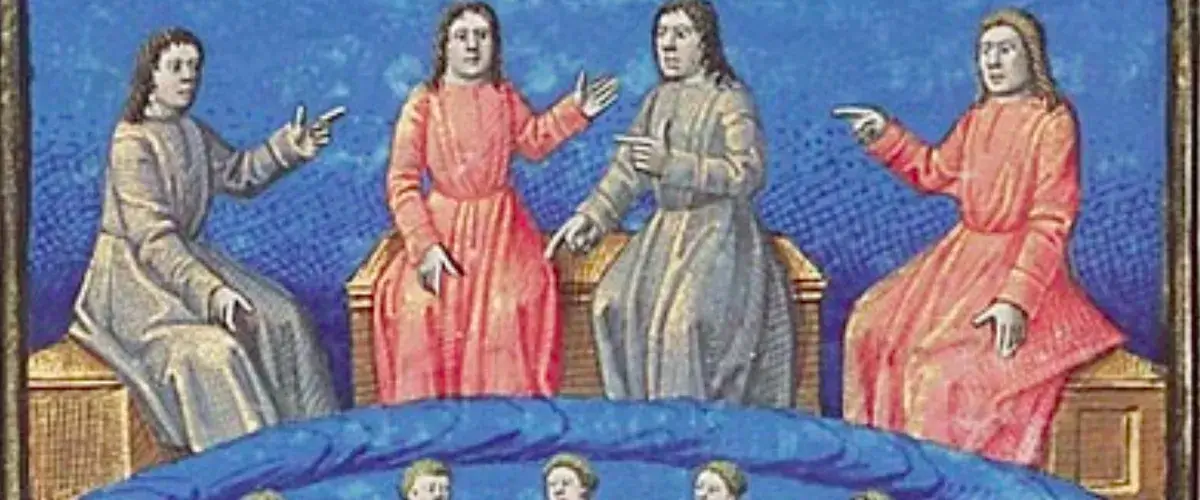What is Theurgy?
Theurgy is a spiritual practice that seeks to achieve a union with the divine or higher power through the use of rituals, symbols, and techniques. The word “Theurgy” comes from the Greek theourgia, which means “divine work” or “godwork.”
The origins of Theurgy can be traced back to ancient Greece and Egypt, where it was practiced as a way to communicate with the gods and gain their favour. The Neoplatonists, a group of philosophers in the 3rd to 6th centuries CE, developed Theurgy into a complex system of rituals and techniques designed to elevate the practitioner’s soul to the divine realm.
The practice of Theurgy was also influential in the development of Hermeticism, an esoteric tradition that emerged in the Hellenistic period and blended Greek philosophy and Egyptian religion. Hermeticism and Theurgy were important precursors to modern Western esotericism and have influenced a variety of spiritual practices and belief systems.
The practice of Theurgy
The practices involved in Theurgy vary depending on the tradition or system of Theurgy being followed. It’s a multifaceted practice that can involve a wide range of techniques and practices aimed at connecting with the divine and achieving spiritual enlightenment.
Below are some common related practices.
Rituals
Theurgy often involves the use of rituals that are designed to invoke the presence or power of the divine. These rituals can include the use of specific words, gestures, symbols, and objects, such as candles, incense, or crystals.
Meditation and visualisation
Practitioners of Theurgy often use meditation and visualisation techniques to focus their minds and connect with the divine. These techniques can involve the use of specific imagery or symbols, such as the image of a deity or an archetypal symbol.
Prayer and incantation
The use of prayer and incantation is also common in Theurgy. Practitioners may recite specific prayers or incantations to invoke the power of the divine or to ask for specific blessings or favours.
Contemplation and study
Theurgy can also involve the study and contemplation of spiritual texts, teachings, and symbols. This can help practitioners deepen their understanding of the divine and the nature of reality.
The origins of Theurgy in ancient Greece and Egypt
The practice of Theurgy can be traced back to ancient Greece and Egypt.
In Greece, Theurgy was originally practiced as a way to communicate with the gods and gain their favor. Theurgy was considered a more refined form of magic than the common practice of goeteia, which involved invoking the power of lower entities or spirits. Theurgists believed that they could use certain rituals and symbols to align themselves with the higher realms of the gods and receive their blessings and guidance.
The philosopher Iamblichus (c. 245–325 CE) is considered one of the most important figures in the development of Theurgy in Greece. He developed a complex system of Theurgy based on the teachings of the Neoplatonists, a group of philosophers who believed in the existence of a hierarchy of spiritual beings and the ability of the human soul to ascend to the divine realm.
In Egypt, Theurgy was also practiced as a way to communicate with the gods and achieve spiritual enlightenment. The practice of Theurgy in Egypt was influenced by the belief in the divine nature of the pharaoh and the use of rituals and symbols in temple worship.
The Greek and Egyptian traditions of Theurgy eventually merged in the Hellenistic period, resulting in a rich and complex system of spiritual practices that influenced a variety of later traditions, such as Hermeticism and Neoplatonism.

